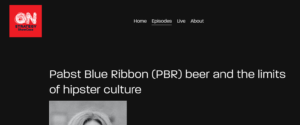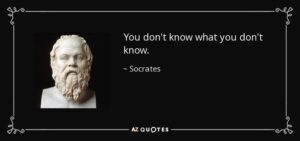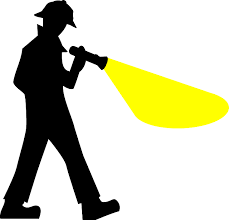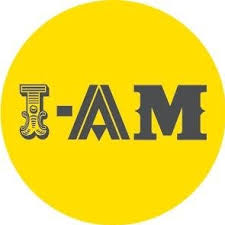Nowhere Land.
My new go-to podcast on branding is Fergus O’Carroll’s On Strategy. (He is my second favorite Fergus. RIP Fergus O’Daly.) One of Mr. O’Carroll’s latest podcasts in on PBR aka Pabst Blue Ribbon. Great brand name. Great brand name acronym.
It takes millions of mouths to create a market. Mine is only one but personally I’m not a fan of PBR. Let’s just leave it at that. That said, the beer has ridden a wave of positive sales in “hipster” urban areas over the last 15 years. Good price, good targeting. Stars aligned. But the craft beer phenomenon has conditioned the market toward more flavorful beers and PBR has suffered. Enter the brand planners.
Mr. O’Carroll interviewed two planners from DNA, Seattle who shared three key values unearthed during three brand discovery: Value, Classic and Nostalgia. In other words, it’s affordable, it’s a venerable, recognized brand, and it harkens back to the good old days of beer drinking. The only endemic value of the three here is value/cheap — which honestly, is an important value. But we all know as perceptions of inexpensive go up, perceptions of quality go down. So one needs a balance. Especially with endemic values.
The advertising claim that resulted from the three values is “Pabst is the place.” The problem with this campaign line/claim/strategy is that it lives in nowhere land. “Sitting in his nowhere land. Making all his nowhere plans for nobody.” “Classic” and “Nostalgia” are inputs for advertising tone, not brand strategy. Brand strategy incites great advertising. Brand strategy values — or proof planks, as I like to call them — must support the claim.
Peace.










